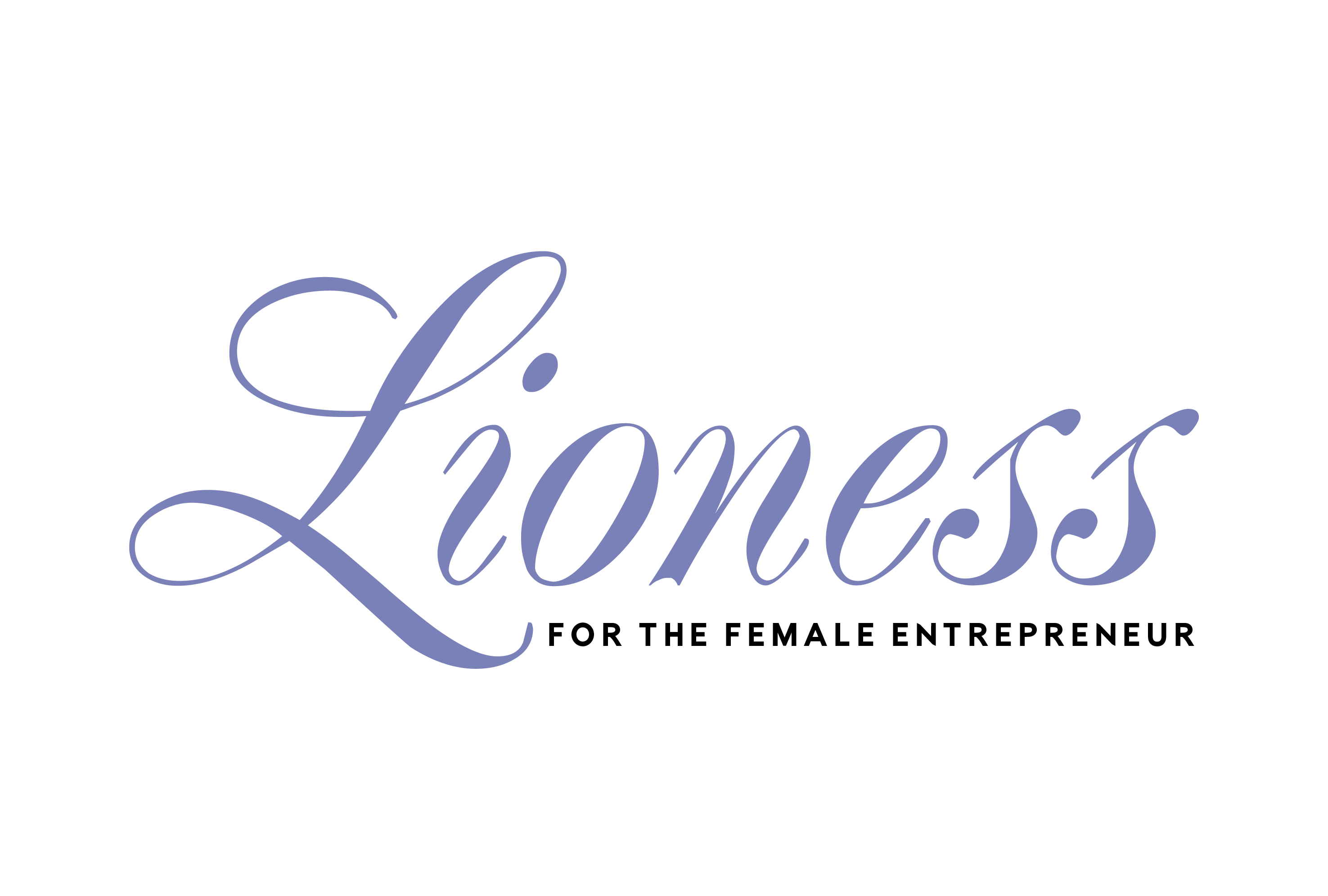 Many years ago, when I began my career in human resources, a colleague gave me a piece of valuable advice. He told me that when working with our business partners, I should avoid being a “no” person, but instead find ways to say “yes.”
Many years ago, when I began my career in human resources, a colleague gave me a piece of valuable advice. He told me that when working with our business partners, I should avoid being a “no” person, but instead find ways to say “yes.”
Now, you must understand the context of this conversation. There were times when our business partners would make what I call “end” requests. That means when the business partner had a problem, they decided what action needed to be taken, then came to us and told us what to do. Obviously, in our humble yet expert opinion, their solution wasn’t the appropriate way to resolve the issue. Our partners weren’t necessarily trying to be difficult, or to violate policies or procedures, they simply wanted a quick resolution that fit their expectations. As HR professionals, the temptation for us, at least periodically, was to take charge of the situation and to do the proper thing. But the better result always included collaborating with them in understanding how to assess the problem and in finding the best solution.
Supporting Consistent Growth
Professionals from all areas of expertise face similar challenges in resolving business problems, particularly those in rapidly expanding or shifting organizations. The need to achieve consistency and alignment in policies, processes and procedures increases with the complexity of the industry and the business strategies. For early stage organizations, the “do whatever it takes to get the job done,” “create it as you go” or “break all the rules” attitudes must necessarily evolve into more consistent and disciplined approaches to business. In all organizations, leaders and team members must know the behaviors expected of them, and the appropriate policies and procedures to address similar but strategically different challenges. Staff members must be adept at understanding the needs of their partners and in collaborating with them to resolve problems in a way that reflects creativity.
Constructive Steps…
So how do you best collaborate constructively with business colleagues to solve problems, particularly when their “end” request is far from the proper way to address the situation? How do you simultaneously strengthen relationships, demonstrate empathy, and uncover creative approaches? Often the pressure is considerable to take a specific action within a short time frame, but such decisions are better served by thoughtful responses. Here are the recommended steps to guide you.
Acknowledge the request. Let your business partners know that you heard them and that you’re committed to helping them.
Understand and get to the underlying need. Ask questions and do your research to ensure that you fully understand the issue. Ask these five questions. What is the desired result? Who are the stakeholders? What are the short and long term goals? What are the enablers and roadblocks? What’s best for the organization as a whole?
Then take a break. Literally. The point is to step away from the intensity of the conversation to provide careful space to consider the next step.
Reframe the issue. Based on the responses from step two, restate the underlying issue that the leader is trying to address. For example, instead of pushing back on hiring a specific candidate, selecting a specific supplier or eliminating a business expense; reframe the discussion to collaborating on meeting the project goals and prioritizing the criteria for success.
Identify the relevant cultural behaviors and norms that the result should align with. Effective CEOs should establish and communicate this within their organizations, and the role of the leadership team is to model them whenever possible.
Find common ground. State the areas of mutual agreement and goals. Emphasize that you’re on the same team.
Get to “yes” instead of saying “no.” State what you will do to address the concern. Identify the benefits of your proposed solution. Give them options where possible. Clarify the drawbacks of options that would conflict with laws, legislation, compliance, internal policies, values and behaviors, employee relations, etc. Show how it will contribute to meeting their overall business needs.
…To Win-Win Solutions
There are obvious benefits to this approach for everyone involved. This includes:
- Understanding more about priorities in different areas of the business.
- Increasing engagement and appreciation of colleagues’ expertise.
- Practicing innovative approaches to business problems.
- In short, everyone wins with this approach.







Add Comment